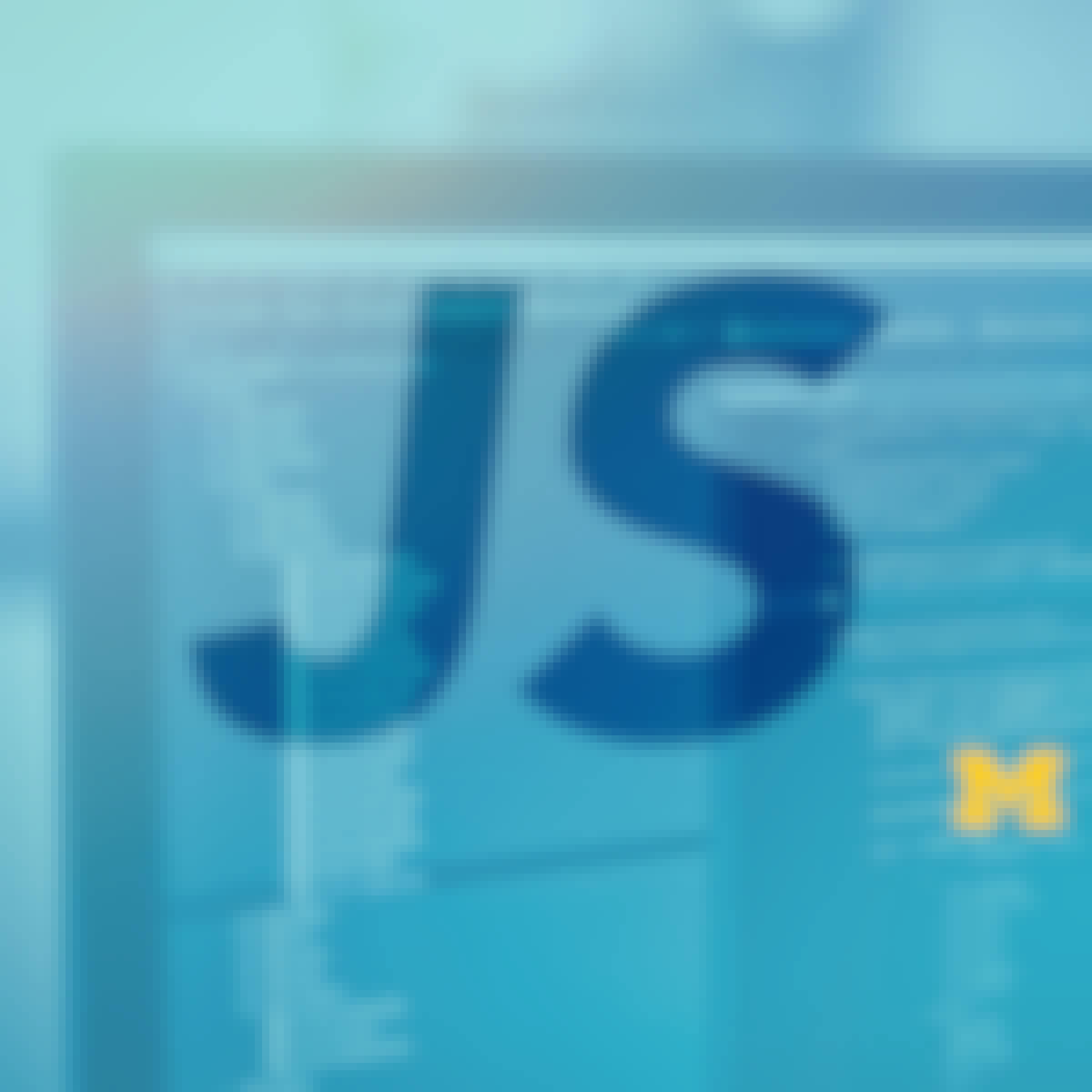Filter by
SubjectRequired
LanguageRequired
The language used throughout the course, in both instruction and assessments.
Learning ProductRequired
LevelRequired
DurationRequired
SkillsRequired
SubtitlesRequired
EducatorRequired
Results for "javascript design patterns"
 Status: Free Trial
Status: Free TrialUniversity of Alberta
Skills you'll gain: Model View Controller, Software Design Patterns, Software Design, Unified Modeling Language, Object Oriented Design, Code Review, Software Architecture, Programming Principles, Maintainability, Software Technical Review, Java, Object Oriented Programming (OOP), Android Development
 Status: Free Trial
Status: Free TrialSkills you'll gain: Ajax, Javascript, Data Structures, Debugging, JSON, Scripting, Web Development, Web Applications, Computer Programming, HTML and CSS, Software Development, Object Oriented Programming (OOP), Git (Version Control System), Application Programming Interface (API)
 Status: Free Trial
Status: Free TrialSkills you'll gain: Jest (JavaScript Testing Framework), Web Development Tools, Javascript, Unit Testing, Web Applications, Object Oriented Programming (OOP), Node.JS, JSON, Computer Programming, Data Structures, Debugging, Package and Software Management, Front-End Web Development, Functional Design
 Status: Free Trial
Status: Free TrialUniversity of Alberta
Skills you'll gain: Software Architecture, Model View Controller, Unified Modeling Language, Object Oriented Design, Service Oriented Architecture, API Design, Systems Architecture, Web Services, Software Design Patterns, Software Design, Simple Object Access Protocol (SOAP), Microservices, Restful API, Software Visualization, Code Review, Solution Architecture, Software Systems, Object Oriented Programming (OOP), Software Development, Java
 Status: Free Trial
Status: Free TrialUniversity of California, Davis
Skills you'll gain: jQuery, Javascript and jQuery, Ajax, Javascript, Data Manipulation, Data Validation, UI Components, HTML and CSS, Scripting, JSON, Scripting Languages, Event-Driven Programming, Web Development Tools, JavaScript Frameworks, Web Applications, Web Design and Development, Game Design, Application Programming Interface (API), Object Oriented Programming (OOP), Animations
 Status: Free Trial
Status: Free TrialSkills you'll gain: Node.JS, Server Side, MongoDB, React Redux, NoSQL, Restful API, React.js, Front-End Web Development, JavaScript Frameworks, Ajax, Javascript, Back-End Web Development, UI Components, Application Deployment, Data Structures, Authentications, Database Development, Debugging, Full-Stack Web Development, Web Applications
What brings you to Coursera today?
 Status: Free Trial
Status: Free TrialUniversity of Michigan
Skills you'll gain: JSON, jQuery, Javascript and jQuery, Ajax, Debugging, Web Development Tools, Event-Driven Programming, Javascript, PHP (Scripting Language), Object Oriented Programming (OOP), Data Import/Export, Web Applications
 Status: Free Trial
Status: Free TrialScrimba
Skills you'll gain: Ajax, Object Oriented Programming (OOP), Javascript, JSON, Application Programming Interface (API), Scripting, Software Design Patterns, Data Management, Data Structures, Event-Driven Programming, Data Validation, Programming Principles, Web Development, Software Development, Debugging, Software Engineering, Performance Tuning
 Status: Free Trial
Status: Free TrialSkills you'll gain: Cascading Style Sheets (CSS), Bootstrap (Front-End Framework), Responsive Web Design, Web Development, Javascript, Scripting, Browser Compatibility, Application Programming Interface (API)
 Status: Free Trial
Status: Free TrialCalifornia Institute of the Arts
Skills you'll gain: Typography, Design Elements And Principles, Graphic Design, Visual Design, Logo Design, Design Software, Digital Design, Creative Design, Graphic and Visual Design, Color Theory, Adobe InDesign, Photo Editing, Photography, Design, Style Guides, Branding, Peer Review, Art History, Design Strategies, Design Research
 Status: Free Trial
Status: Free TrialSkills you'll gain: Istio, Node.JS, Software Development Life Cycle, Software Architecture, Server Side, MongoDB, Application Deployment, CI/CD, Cloud-Native Computing, React Redux, NoSQL, Kubernetes, Restful API, OpenShift, Git (Version Control System), Cascading Style Sheets (CSS), Ajax, Javascript, Azure DevOps, Engineering Software
 Status: Free Trial
Status: Free TrialLearnKartS
Skills you'll gain: Software Design Patterns, Java, Software Architecture, Java Platform Enterprise Edition (J2EE), Maintainability, Software Design, Object Oriented Programming (OOP), Scalability
In summary, here are 10 of our most popular javascript design patterns courses
- Design Patterns: University of Alberta
- JavaScript Programming Essentials: IBM
- Programming with JavaScript: Meta
- Software Design and Architecture: University of Alberta
- JavaScript for Beginners: University of California, Davis
- JavaScript Programming with React, Node & MongoDB: IBM
- JavaScript, jQuery, and JSON: University of Michigan
- Advanced JavaScript: Scrimba
- Introduction to HTML, CSS, & JavaScript: IBM
- Graphic Design: California Institute of the Arts










